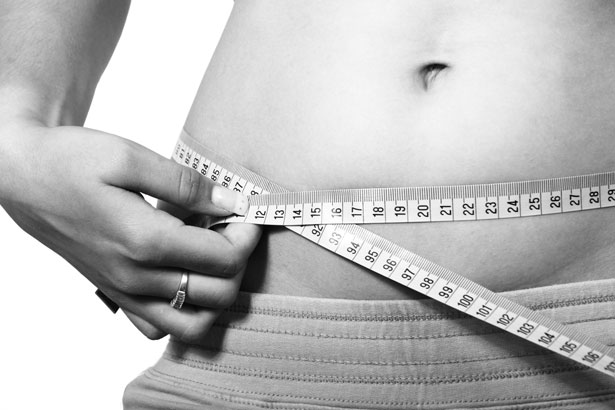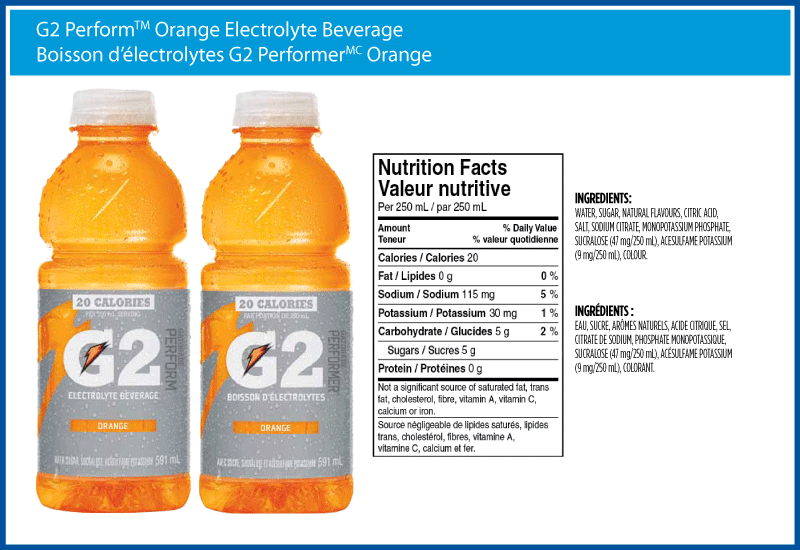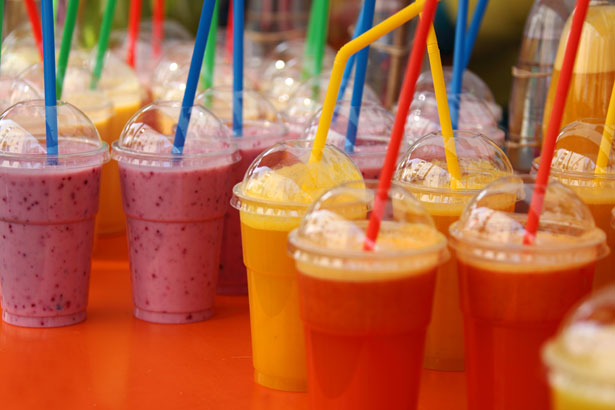 In the world of fitness, people are constantly trying to push the envelope and get faster, stronger, leaner and simply reach for superhuman status. In the 1980’s people were content with aerobics and few dumbbell exercises. Not so in today’s world. The hot new trend is the hyper-intense exercise style known as Crossfit.
In the world of fitness, people are constantly trying to push the envelope and get faster, stronger, leaner and simply reach for superhuman status. In the 1980’s people were content with aerobics and few dumbbell exercises. Not so in today’s world. The hot new trend is the hyper-intense exercise style known as Crossfit.
Crossfit is a system in which, several times a week, proponents perform high intensity exercises, back to back. Explosive gymnastic moves, olympic weight lifting, sprinting and other body weight exercises are utilized to cause significant fatigue in a short amount of time. Crossfit routines change every time you show up to the gym in order to avoid stagnation and to maximize your body’s strength and endurance increases.
A typical routine may include jumping on and off a 3 foot high box 20 or more times then throwing a heavy medicine ball high up against a wall for several reps only to have 15 chin ups waiting for you. Then, without resting, you start from the beginning and don’t stop until you’ve either run out of time (which is usually set at 15-20 minutes or less) or you’ve achieved the total number of rounds prescribed by the gym that day.
Heavy weightlifting exercises such as squats, deadlifts and olympic (overhead) lifts are utilized as well. The uniqueness of Crossfit is that it demands heavy muscular efforts that are usually done with a lot of rest between exercises. Yet Crossfit takes away the rest time and keeps the body performing as though the exercises were low demand, high endurance tasks (such as running 5 km in 20-30 minutes). This forces the body to “find a way” to perform these very difficult demands. And proponents of Crossfit love the results. Because all of the body segments are utilized, Crossfitters are well developed and tend to avoid disproportions as is common in typical bodybuilding gyms.  Further, because of the high demand of Crossfit, proponents tend to have a good muscle mass and little body fat. In a sense, this resembles sports such as wrestling and water polo where high explosiveness is performed over and over again for long durations and utilizes all body segments in an ever changing series of fluid movements.
Further, because of the high demand of Crossfit, proponents tend to have a good muscle mass and little body fat. In a sense, this resembles sports such as wrestling and water polo where high explosiveness is performed over and over again for long durations and utilizes all body segments in an ever changing series of fluid movements.
Some warn that performing complex heavy weight lifting movements such as squats when you are fatigued will cause an individual to risk disc herniations or other injuries. When you are too tired to lift properly but you are willing to do anything to get the weight up, this is when people get sloppy and then injured. Another concern is that Crossfit causes so much break down of muscle tissue that the kidneys can actually get clogged by protein. This is called rhabdomyolysis and has occurred enough times in Crossfit proponents that the organization officially warns people of the symptoms of onset and even created a character known as Uncle Rhabdo.
I personally am not against Crossfit if the individual keeps their technique from getting dangerously sloppy and if they keep their Crossfit activity to 3 or less times weekly. Some proponents attend Crossfit gyms up to 6 times per week. Unless they vary their intensity, they will almost certainly either injure themselves or overtrain.
 PALEO DIET AND CROSSFIT
PALEO DIET AND CROSSFIT
Interestingly, a recent trend has been to combine Crossfit with the Paleo Diet. The Paleo Diet is a fad movement that seeks to recreate the typical diet of a caveman living in the Paleolithic Era (ending about 10,000 years ago with the advent of agricultural society).
Roaming hunters of this period ate a lot of meat — as much as they could find — as well as wild berries and plants. Because we had not become primarily farmers we did not have access to large amounts of fruits and vegetables or legumes. Legumes are specific plant or plant products such as beans, peanuts, lentils and peas. By removing most fruits, vegetables and all legumes, the Paleo Diet severely restricts carbohydrate intake.

Wild berries were the extent of most “cavemen’s” fruit intake.
When an individual has too few carbs in their system, they have to burn fat instead of blood sugar for fuel. Ketosis is the process by which the body breaks fat molecules down to smaller units of fat as well as the simple sugar glycerol. As a result, these shorter fatty acid chains and simple sugars can cross the blood-brain barrier and keep your noggin’ fueled. One of the by-products of ketosis, however, is the production of ketones. Ketones are hard on both the liver and the kidneys.This is the biggest question mark hanging over the ketogenic diets such as Paleo. What are the long term effects of ketosis on the liver and kidneys? We don’t really know.
For a Crossfit proponent to go on a Paleo Diet does present some additional problems. First, the high-intensity nature of Crossfit alone will deplete a normal person’s blood sugar stores. Further, it has been shown that when compared to long duration, low intensity exercise, high intensity, short duration exercises not only burn more calories during the exercise session but also increases the body’s metabolism for several hours after a workout. Thus creating an “afterburn” effect that keeps on burning fat and carbs for 3 or more hours longer than a high endurance, low intensity exercises would. Therefore the carbohydrate demands of a Crossfit individual are higher all around. If this individual is also on a carb-restricted diet the body will be in high ketosis which is a form of mild starvation.The long term benefits of being in starvation mode are questionable at best.
 Further, the muslce breakdown caused by excessive Crossfit is hard on the kidneys. As we saw above, so is the Paleo Diet. The big question for the Crossfitter who is considering the Paleo Diet is whether or not they want to gamble with their health 10 years down the road simply to maximize results in the gym. Paleo Diets are attractive to Crossfitters because they are certainly effective at cutting fat stores. That coveted “shredded” look can be easier to attain on a ketogenic diet. Some also believe they will be healthier overall by using a ketogenic diet.
Further, the muslce breakdown caused by excessive Crossfit is hard on the kidneys. As we saw above, so is the Paleo Diet. The big question for the Crossfitter who is considering the Paleo Diet is whether or not they want to gamble with their health 10 years down the road simply to maximize results in the gym. Paleo Diets are attractive to Crossfitters because they are certainly effective at cutting fat stores. That coveted “shredded” look can be easier to attain on a ketogenic diet. Some also believe they will be healthier overall by using a ketogenic diet.
As we saw above, ketosis produces a lot of Ketones, and these are excreted through urine and through the breath. So if you have that metallic taste in your mouth and your breath is rancid, you are most likely in a state of ketosis. You will want to purchase ketostix and self-administer a simple urine test to see if you are mildly, moderately or severely ketotic.
At the end of the day, the decision is yours. As a culture most of us are definitely too sedentary. But we may have created a minority of people who are finally pushing the boundaries on the other side of the playing field. The jury is still out on Crossfit and the Paleo Diet’s long term effects. At this juncture, I simply advise moderation.











